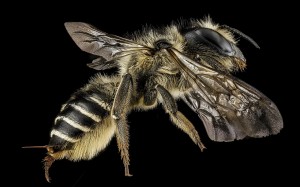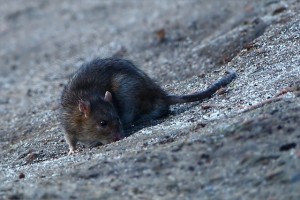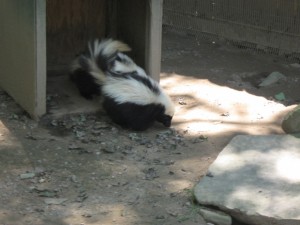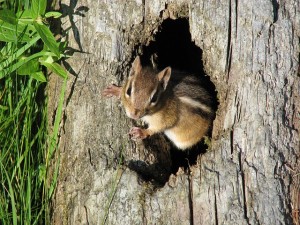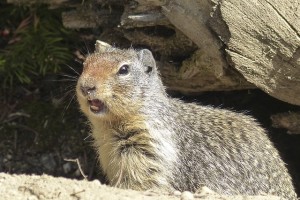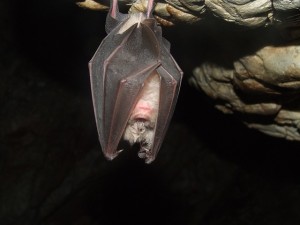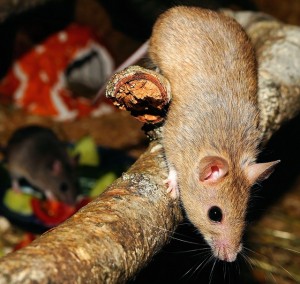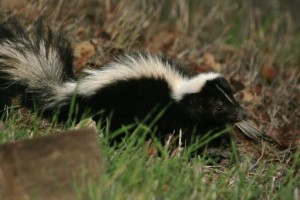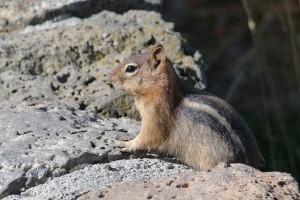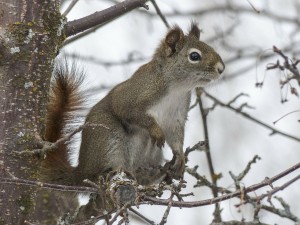 While tree squirrels look small and cute, they can pack a big punch when it comes to the damage they can inflict on a home. This damage can be both extensive and costly. Not only can damage by squirrels be extensive, it can also be extremely costly.
While tree squirrels look small and cute, they can pack a big punch when it comes to the damage they can inflict on a home. This damage can be both extensive and costly. Not only can damage by squirrels be extensive, it can also be extremely costly.
Tree squirrels get their name from their habitat: trees. There are three types of tree squirrels including pine squirrels, gray squirrels, and fox squirrels. Pine Squirrels are active year round, most often in the morning and evening, although they are sometimes active after dark as well. Pine squirrels feed on a variety of nuts, seeds, berries, bird eggs and fungi. Gray squirrels are active year round just like pine squirrels, but they tend to be more lively in the morning and evening on dry days. Gray squirrels also feed mostly on nuts, particularly acorns, hickory nuts, beechnuts and walnuts. Occasionally they feed on maple or tulip tree seeds, fruit, opening buds and corn. Fox squirrels are most active in the morning and late afternoon and they often bury nuts for winter use. Like tree and pine squirrels, they feed primarily on hickory nuts and acorns. Fox squirrels also eat the fruit of tulip poplar, maple tree seeds, berries, bird eggs, and fungi similar to tree squirrels.
How Threat Do These Squirrels Pose?
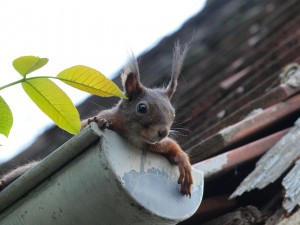 All three species of tree squirrels are considered household pests. These squirrels frequently enter attics in the winter and if they do not have their acorns or trees to trim their teeth on, they may start gnawing on the wood inside your home. Since squirrels can chew through just about anything, they pose a threat outdoors as well. They can cause considerable damage to electrical, cable, and telephone cables. This can really start to add up financially.
All three species of tree squirrels are considered household pests. These squirrels frequently enter attics in the winter and if they do not have their acorns or trees to trim their teeth on, they may start gnawing on the wood inside your home. Since squirrels can chew through just about anything, they pose a threat outdoors as well. They can cause considerable damage to electrical, cable, and telephone cables. This can really start to add up financially.
Have tree squirrel problems you need assistance with? Contact Attic Solutions




